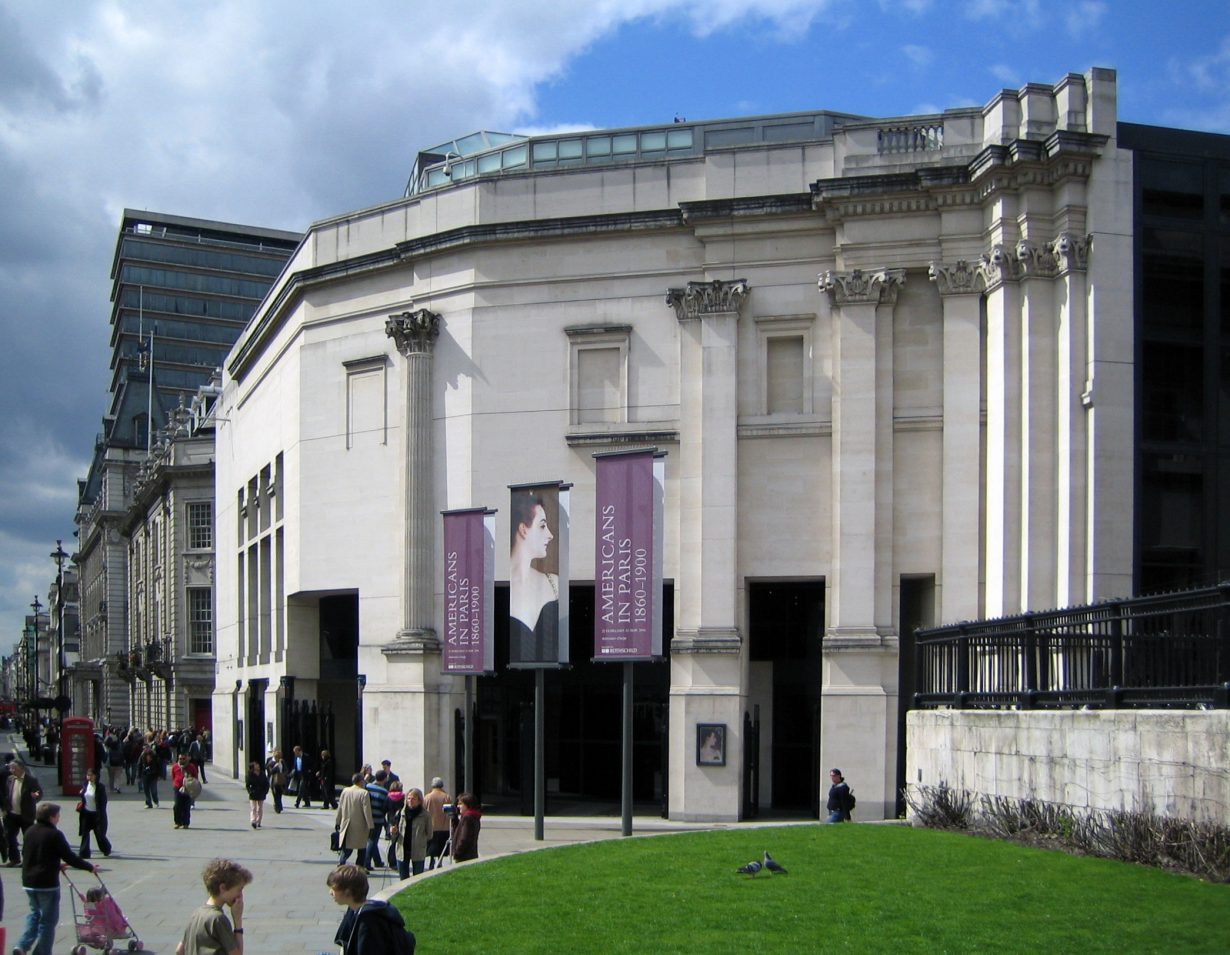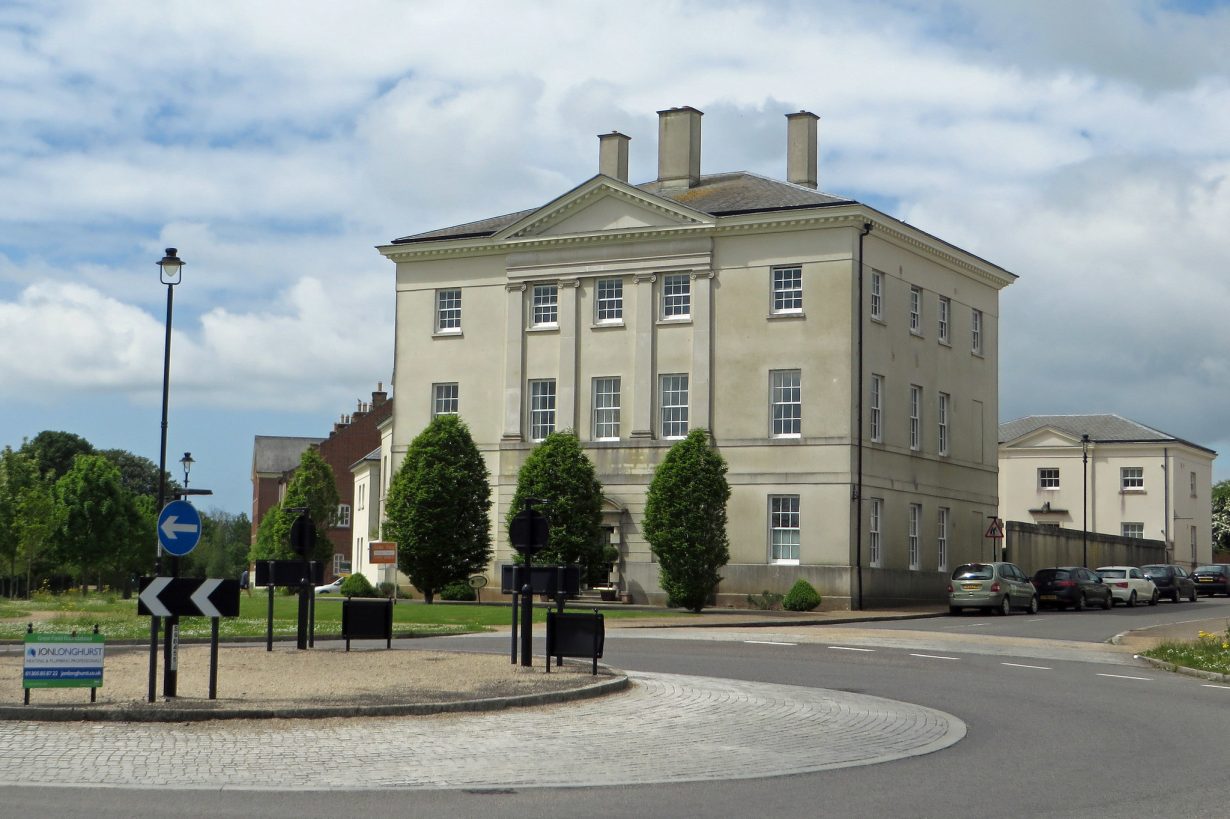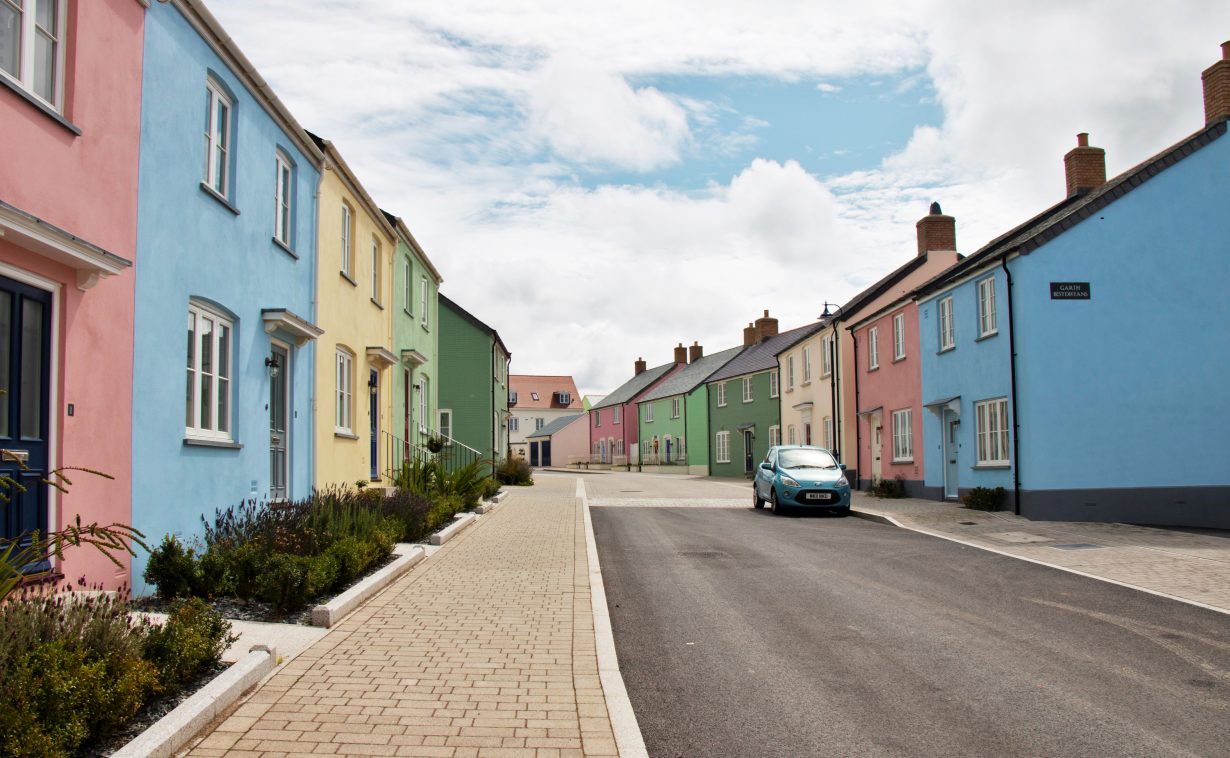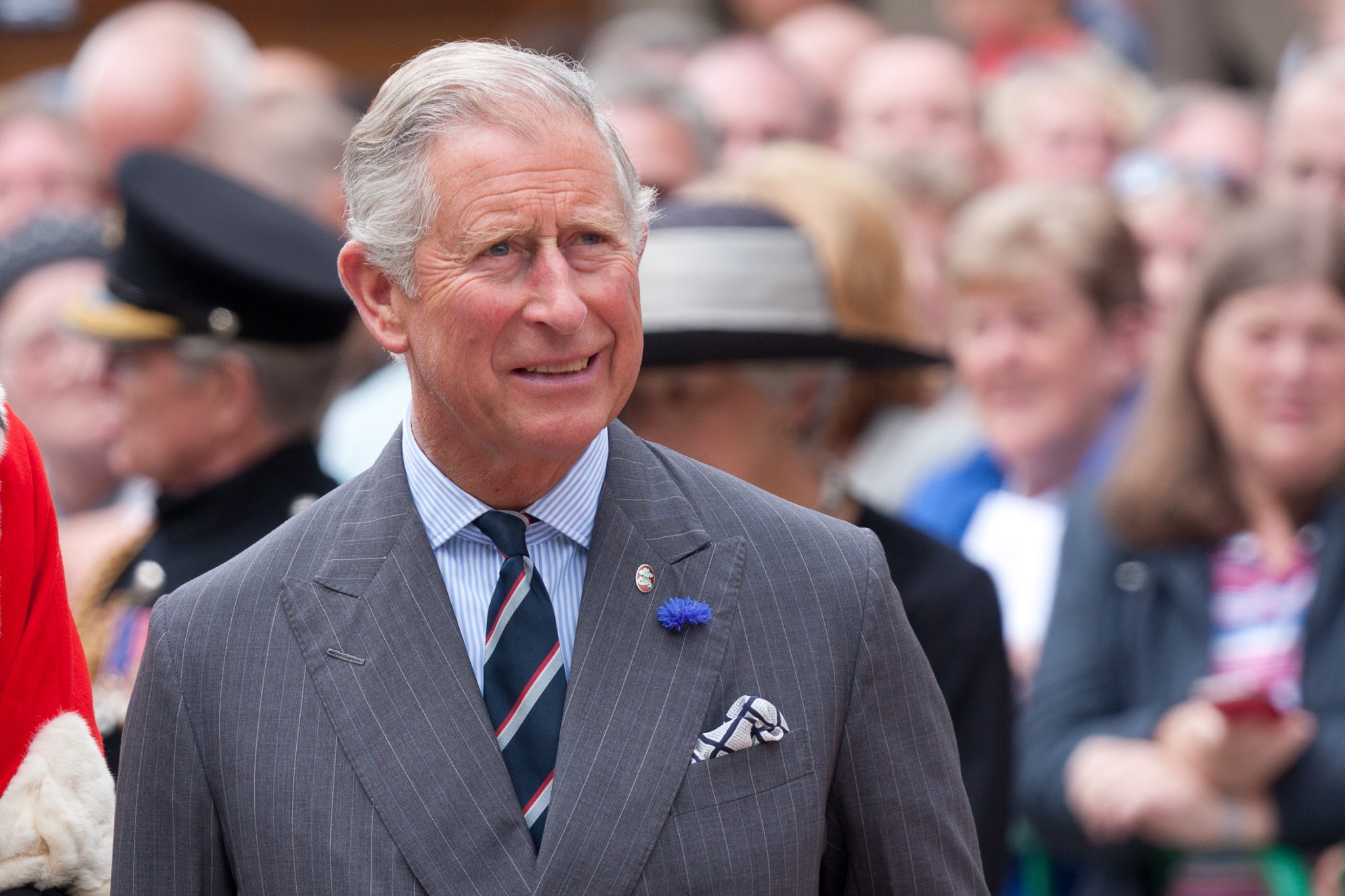Charles would very probably prefer to recreate a time before architects; when master builders built according to strange, impenetrable rules, preserved in strange sects with initiation rites
Even before his accession to the throne, Charles III wielded more influence on British architecture than any other living figure. With the deaths of Richard Rogers and Zaha Hadid and the slow demise of Norman Foster – the Bloomberg headquarters in London is both his most expensive building and by some margin his worst – Charles holds sway, even if his motives remain largely misunderstood. We tend, foolishly, to view his involvement historically. If the demolition of the Pruitt-Igoe housing development in St. Louis, Missouri in 1976, presaged the end of Modernism in the United States, in Britain, Modernism was apparently finished off in 1984 when Charles attacked a proposed brutalist extension to the National Gallery, famously describing it as ‘a monstrous carbuncle on the face of a well-loved friend.’
In fact, it gave Modernism a boost. Although the post-modernists were empowered by the project that did eventually extend the National Gallery, designed by the Venturis, serious debate took place. One side championed contextualism: either playful mimicry of the surrounding context or compositions of familiar shapes and forms, which spoke of a deeper human context, a strategy preferred by the Italian Aldo Rossi. Modernism meanwhile stuck to its guns: function or need should be resolved in the plan and section of a building, and the exterior form should arise from that process. Although bitter at the time, the style wars were a period of architectural dynamism, summed up perfectly in the UK by the London Docklands where Foster and others produced muscular steel-and-concrete stations for the Jubilee Line extension – great caverns of commuting and commerce – while postmodernists like Piers Gough and Jeremy Dixon worked above ground, designing cheeky, quirky housing with split pediments and daft crow-stepped gables.

And it looked as if this disputatious co-existence might continue to produce good architecture. The prince though was still unhappy, ultimately because he is uninterested in post-modernism as an architectural style. It was just a convenient stick to beat Modernism with. The second of three phases of his relationship with architecture began with his building of Poundbury: a suburb of Dorchester. As the main buildings at its heart completed in the late 2000s, its gallimaufry of architectural quirks was laughed at. It is definitely odd: a collage of Queen Anne Palladianism, supersized pseudo-Georgian shenanigans and baroque neo-classicism. It is an assembly of anything old, bundled together as a bulwark against the sound of the lorries on the bypass. The housing in Poundbury meanwhile struggles to retain the rustic air the prince and his planners were aiming for, largely because the streets are wider than those of a normal village and they’ve had to insert car bays. Modern life just wouldn’t let him go.
And yet slowly Poundbury’s influence began to spread. The slightly more expensive housing estates in provincial towns like Bicester, Harpenden or Colchester began to look more like that familiar faux village. Arranged in a simulacrum of a hamlet, one would find an apparent mix of housing types; not just cottages but four-storey apartment blocks in extruded Victorian mansions (to get the numbers up); as well as semi-detached homes. These would come with smaller tell-tale signs of Poundbury’s influence: car parks in barns; bins hidden up little side alleys; the odd stone lintel above a door, putting an extra GBP£10k on the sale price. You get the tradition you deserve though. The prince’s vision moved into the vacuum created when contemporary architects turned their backs on the suburbs. In 1998, Richard Rogers cowrote Towards an Urban Renaissance which doubled down on the greenbelt and recommended urban densification, a suggestion which led to a spate of luxury modernist tower building across British cities. The limited housing that was built in suburban or exurban conditions mimicked the prince’s vision: so many Poundland Poundburys.

This uneasy division of modern cities and ye olde countryside wasn’t enough for the British public who needed more housing. And it certainly wasn’t enough for Charles either. The third phase of his relationship with architecture is the most revealing, and the one which will come to define his era. His book Harmony: a New Way of Looking at the World published in 2010 is a cards-on-the-table admission of his philosophical kinks. It’s largely an attack on Modernism and its ‘industrial mindset’ which he blames for divorcing us from – he actually calls them this – ‘the ancients’. Tellingly he is uninterested in the similarities between his aesthetic interests and those of contemporary architects or critics of which there are plenty of possibilities. His interest in cosmology is not unlike that of po-mo hippy Charles Jencks, but he gets the swerve. God forbid that the king could acknowledge he shares a delight in the anthropometric scale of proportion with his bête-noire Le Corbusier. Harmony is a rambling tract whose only thread is its disgust of modernity or Modernism as he tries to style it.
To give the king his due, there is an intellectual underpinning to this. He is hugely influenced by the philosophy of the Perennialist, René Guénon, whose catastrophist opus The Crisis of the Modern World, written in the 1920s outlines the universal values inherent in world religions and how modernism is divorcing the world’s population from those. It’s a profoundly weird book, not just because Guénon struggles to balance an argument which asserts that certain immutable truths underpin our society and always will, with the counter-belief that it is just about to collapse. Guénon’s writing is also strange because, try as he might not to, he asserts a relativistic response to modernity. It’s not one single tradition, or faith, which should oppose it but several. Discerning commonalities in Taoism, Kabbalah, Islam and anything he can get his hands on, Guenon’s books are like reading the notes in an annotated copy of The Wasteland whilst ignoring the poem itself; paranoic attempts to reconstitute an arbitrary set of symbols. His work is globalist, oddly post-modern and, largely, bollocks.

The king though has read deeply of his mysticism, and we should understand his relationship with an evolving series of architectural flunkies in such light. From the warped post-modernist genius Léon Krier to died-in-the-wool neo-classicist Quinlan Terry, these men have come and gone. Harmony reveals instead that history holds little value to him itself. What he’s interested in is a rejection of modernity, perhaps because, two to three centuries in, modernity is part of our history. Charles would very probably prefer to recreate a time before architects; when master builders built according to strange, impenetrable rules, preserved in strange sects with initiation rites.
His latest model town Nansledan is being built on his own land, and effectively extends Newquay to the east. It feels churlish to criticise someone for building houses in an age when we build so little and they are needed so much but it is odd that new houses, which are able to command a good price due to their proximity to the A392, should look like fisherman cottages. The architects don’t really get a say in the project and it’s the builders who he champions. Architects believing that they can either seek to meet him on his terms or that, now that he is monarch, he will somehow keep out of the one field he has had real impact in, will be disappointed. They might instead start wondering how a person who has such little time for them, came to be the most powerful person in their profession.
